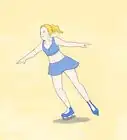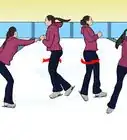This article was co-authored by wikiHow staff writer, Kyle Hall. Kyle Hall works on the content team at wikiHow. He helps manage our team of editors and creates content for a variety of wikiHow projects. Kyle continually looks for new ways to improve the content at wikiHow and make it more helpful and enjoyable for readers. He graduated from Eckerd College in 2015, where he majored in Political Science.
There are 12 references cited in this article, which can be found at the bottom of the page.
This article has been viewed 27,773 times.
Learn more...
Figure skating jumps look incredible, and they’re exhilarating to learn. Once you’ve mastered figure skating basics with the help of a coach (and learned how to fall on ice without injuring yourself!), you can start trying out different figure skating jumps. Start with the basics, like jumping up with both skates and doing 3 turns, to get your bearings, then try more advanced jumps like the Salchow jump and the flip jump. Just remember to be safe on the ice and start slowly until you get the hang of it.
Steps
Learning the Basics
-
1Glide along the ice with your feet facing forward. Gain some forward momentum and then position your feet shoulder-width apart with your toes pointing forward. This will help you jump straight and make landing easier.[1]
- Start out slow at first, and then increase your speed as you gain confidence.
-
2Bend your knees and push your hips back. Only bend your knees slightly, at about a 150-degree angle. Push your hips back so they’re sticking out behind your feet. This position will give you a balanced stance to make your jump from.[2]Advertisement
-
3Push down into the ice and straighten your legs to jump. This will propel you into the air. Use the same motion you would if you were jumping on the ground without skates on.[3]
- Don’t worry about distance or height at first. As you improve, you can try to jump higher and further.
-
4Swing your arms in front of your body as you jump. Start with your arms back behind you as you prepare for the jump. Then, swing them forward out in front of you as you push off the ground. This will give you extra momentum and stability.[4]
-
5Land the jump with your knees bent and chest forward. Try to land the jump in the same position that you started in. While you're in the air, bend your knees and position your feet shoulder-width apart. This will give you a stable base to land on and help prevent you from falling.[5]
Warning: Don’t land with your legs straight, or you might lose your balance and fall backward. Make sure you bend your knees as you land.
-
6Practice doing 3 turns so you can learn more complex jumps. A 3 turn is a figure skating turn where you switch the direction of your feet as you’re skating to go from skating forward to backward. To do a 3 turn, start by pushing off with one foot so you’re gliding forward, keeping both of your skates planted next to each other. Hold one arm out in front of you and one arm out behind you. Then, turn both of your skates 180 degrees at the same time so you’re skating backward.
- Don’t switch your arms when you turn—your arms should stay pointed in the same direction as you turn your skates.
- Once you’re comfortable doing 3 turns along a straight path, practice doing them along a curve.
Doing the Salchow Jump
-
1Push off with one foot to gain momentum. After you push off with your foot, keep that foot lifted up and out behind you. At this point, you should be skating on one foot.[6]
-
2Continue skating on one foot along a circular path. If you’re skating on a rink with ice hockey lines on it, you can skate along one of the circles. Otherwise, just skate along an imaginary circle on the ice.[7]
- Skate slowly at first while you get the hang of it. It will be easier to practice that way.
-
3Do a 3 turn along the circular path. A 3 turn is a figure skating move where you switch the direction of your feet as you’re skating and go from facing forward to backward. To start a Salchow jump, pivot your inner foot (the one that’s on the ice) 180 degrees so you’re now skating backward along the circular path. Hold your arms out at your sides as you pivot to help you balance.[8]
Tip: If you’re new to doing a 3 turn, practice along a straight path first since it will be easier. You can also practice while holding onto the wall around the rink for extra support.
-
4Turn around 360 degrees and lower your raised leg. Continue along the circular path you’ve been taking as you rotate on your skate that’s planted on the ice. Gradually lower your raised leg back down, but don’t actually place your skate down. Once you’ve lowered your leg, bend both of your knees as you near the end of the rotation.[9]
- When you finish turning around 360 degrees, you’ll be skating backward still.
-
5Jump into the air as you turn around another 360 degrees. As you near the end of the first rotation, launch your outer leg that’s not touching the ice up into the air so it’s bent at a 90-degree angle, which will give you momentum for your jump. As you do this, start rotating 360 degrees on your planted skate, and push off of that skate to jump into the air about halfway through the rotation.[10]
- Once you’re in the air, you’ll finish the 360-degree turn before landing.
- As you rotate, try to keep your head pointing in the direction you’re going along the path, which will help you stabilize yourself.
-
6Land on the opposite foot you’ve been skating with. If you’ve been skating with your left foot, land on your right foot, and vice versa. Ideally, when you land, you’ll be skating backward along the same circular path you started on.[11]
- Remember to bend your knee slightly as you land. If you keep your knee straight, you might lose your balance and fall backward.
Mastering the Flip Jump
-
1Push off with one foot so you’re gliding forward. At this point, you’ll be skating forward on one foot. Hold one of your arms out in front of you and your other arm out behind you.[12]
-
2Swing your back foot forward and switch your arms. Swing the foot you pushed off with forward in front of you, like you’re kicking a ball. Switch your arms as you swing your leg forward so your back arm is now out in front of you, and vice versa.[13]
- Unlike the Salchow jump, which is done along a circular path, the flip jump is done on a straight path.
-
3Lower your raised leg and tap your skate’s toe pick on the ice. As you do this, let your other skate pass your skate that’s planted on the ice.[14]
- Don’t dig the toe pick of your skate into the ice or you’ll come to an abrupt stop. Just tap it down.
-
4Do a 3 turn along the straight path you’re traveling. A 3 turn is where you turn your skates 180 degrees and go from skating forward to backward. After you tap your one skate on the ice, turn your other skate 180 degrees and allow your planted skate to swing around so it’s behind you. At this point, both of your skates should be planted on the ice.
- If you do the 3 turn correctly, you’ll be skating backward along the same straight path you started on.
- Both of your arms should still be extended (one out in front of you, and one out behind you).
-
5Push off your inner skate and jump, rotating 360 degrees in the air. First, draw your front leg and back leg together. At the same time, bring your hands together in front of you so your arms are shaped like an “O.” Once your legs are together, start to rotate 360 degrees, and push off on your inner skate to jump into the air. Launch your outer leg into the air for extra momentum. When you’re off the ice, do one full rotation in the air.[15]
- Keep your arms in an “O” shape as you spin in the air for stability.
-
6Land on the opposite foot you jumped with. If you pushed off with your left foot, land on your right foot, and vice versa. As you land, bend the knee you’re landing with, and swing your other leg out behind you. Bring your arms out of the “O” shape from the jump, and spread them out at your sides for balance.[16]
Warning: Remember to bend your knee as you land. Landing with your leg straight might make you lose your balance.
Warnings
- Don’t attempt figure skating jumps unless you’ve been coached by a professional.⧼thumbs_response⧽
- Only try figure skating jumps once you’ve mastered the basics of ice skating and learned how to fall properly to avoid injury.⧼thumbs_response⧽
References
- ↑ https://youtu.be/cF-djN9LUMc?t=26
- ↑ https://youtu.be/cF-djN9LUMc?t=26
- ↑ https://youtu.be/cF-djN9LUMc?t=29
- ↑ https://youtu.be/cF-djN9LUMc?t=29
- ↑ https://youtu.be/cF-djN9LUMc?t=30
- ↑ https://www.youtube.com/watch?v=wCId9mVFJw8&feature=youtu.be&t=208
- ↑ https://www.youtube.com/watch?v=EjdKDPSpAhM&feature=youtu.be&t=150
- ↑ https://www.youtube.com/watch?v=EjdKDPSpAhM&feature=youtu.be&t=150
- ↑ https://www.youtube.com/watch?v=wCId9mVFJw8&feature=youtu.be&t=121
- ↑ https://www.youtube.com/watch?v=wCId9mVFJw8&feature=youtu.be&t=126
- ↑ https://www.youtube.com/watch?v=wCId9mVFJw8&feature=youtu.be&t=127
- ↑ https://www.youtube.com/watch?v=CnVqI_c7Lrs&feature=youtu.be&t=55
- ↑ https://www.youtube.com/watch?v=CnVqI_c7Lrs&feature=youtu.be&t=55
- ↑ https://www.youtube.com/watch?v=CnVqI_c7Lrs&feature=youtu.be&t=64
- ↑ https://www.youtube.com/watch?v=CnVqI_c7Lrs&feature=youtu.be&t=245
- ↑ https://www.youtube.com/watch?v=CnVqI_c7Lrs&feature=youtu.be&t=269
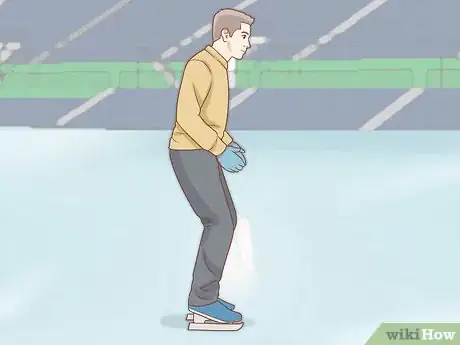
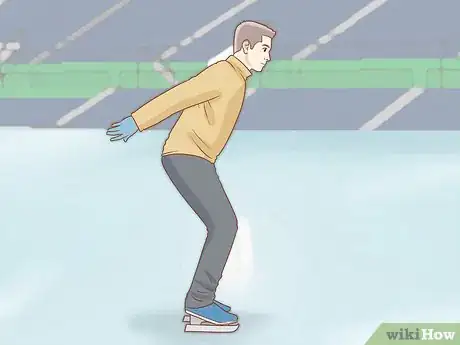
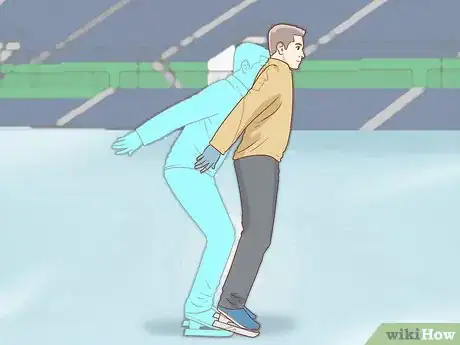
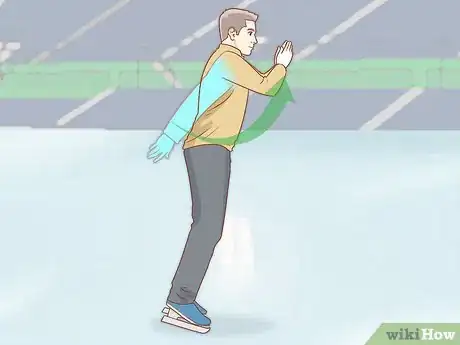
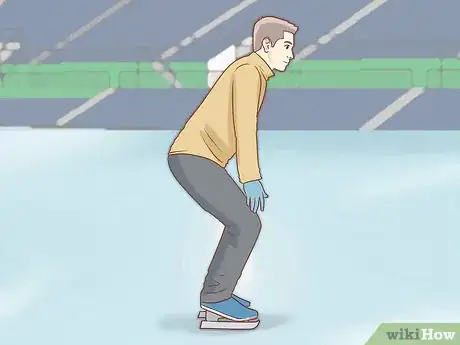
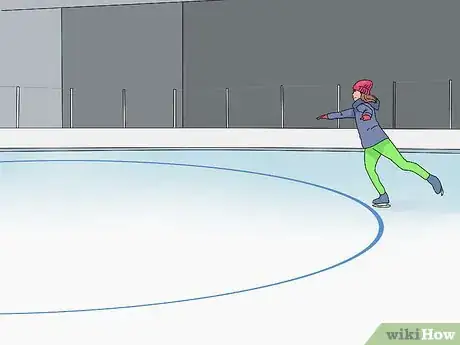
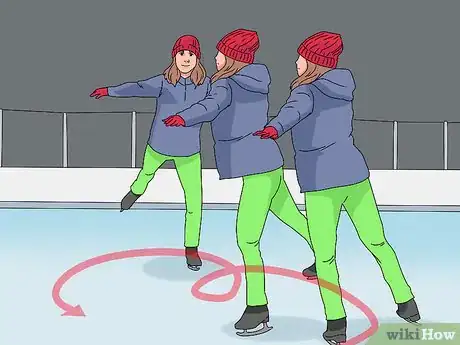
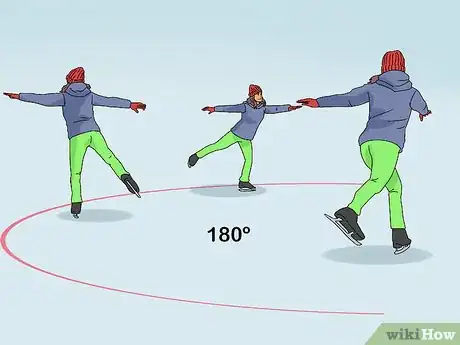
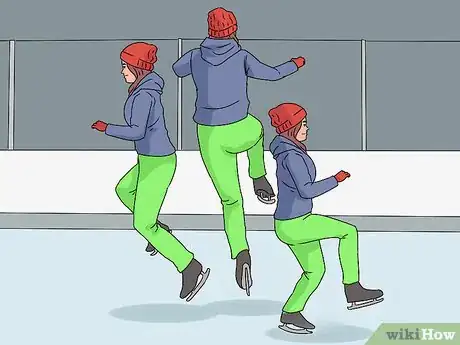
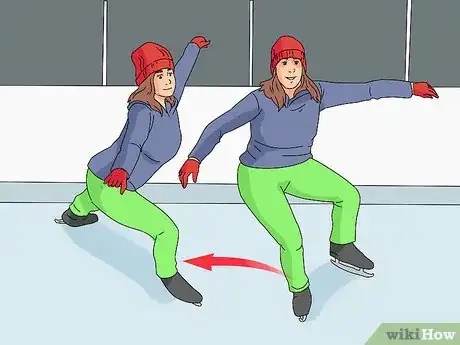
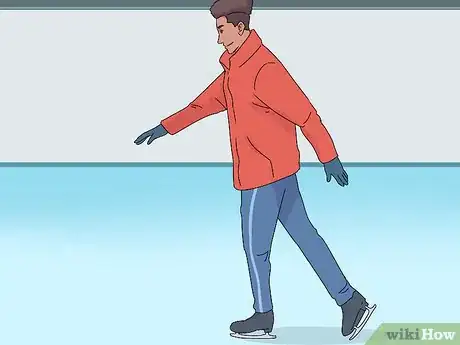
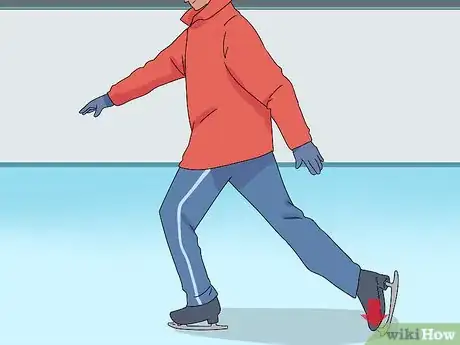
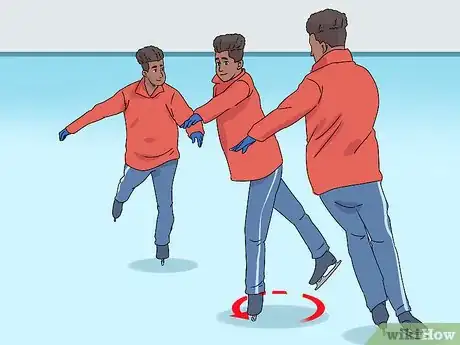

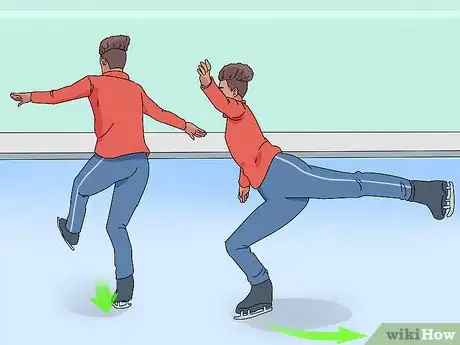
-Step-14.webp)

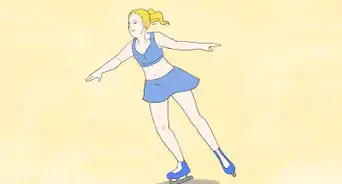
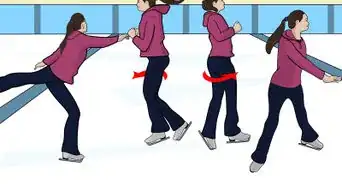
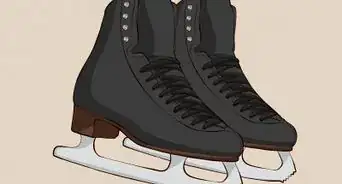
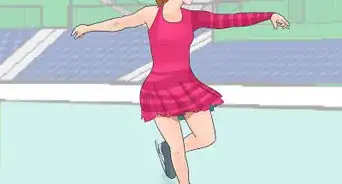
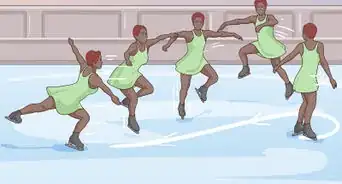
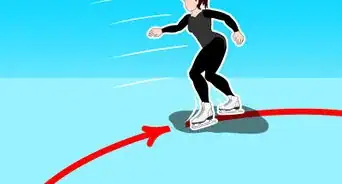
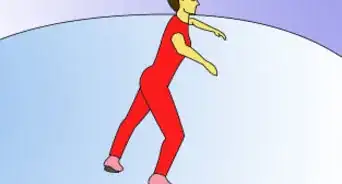
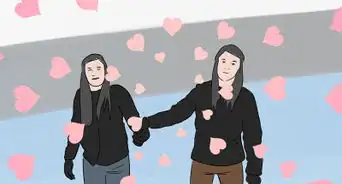







-Step-14.webp)

